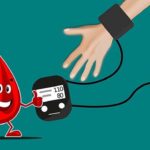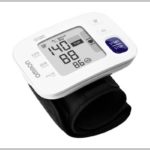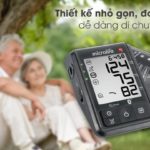What is the Classification of Blood Pressure Readings?
Blood pressure is a crucial indicator of the force exerted by the blood on the arteries during both contraction and relaxation of the heart. It’s essential to be mindful of two types of blood pressure readings:
- Systolic blood pressure refers to the highest blood pressure reading observed during measurement, typically found at the top of the reading. It indicates the force exerted by blood on the arteries while the heart is contracting.
-
Diastolic blood pressure: is the measurement of the lowest pressure in the arteries during heart relaxation (usually measured at the bottom), indicating the pressure exerted by blood on the arterial walls when the heart is at rest.
Blood pressure readings are typically written as a ratio, represented as systolic/diastolic. For instance, a systolic blood pressure reading below 120 and a diastolic blood pressure reading below 80 would be denoted as 120/80 mmHg, indicating normal blood pressure.
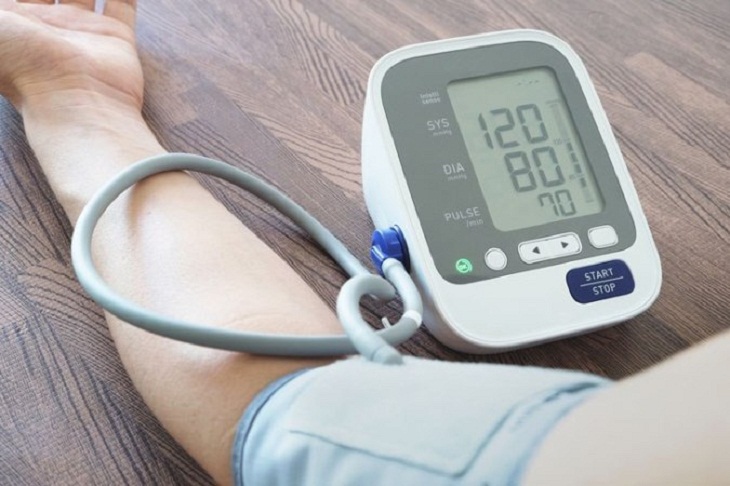
Normal Blood Pressure Levels according to Age
Possibility of Heart Attack Risk Assessed by Blood Pressure Levels
| Classify | Diastolic blood pressure (mmHg) | Systolic blood pressure (mmHg) |
|---|---|---|
| Optimal blood pressure | Less than 80 | Less than 120 |
| Normal blood pressure | 80 – 85 | 120 – 130 |
| Normal high blood pressure | 85 – 90 | 130 – 140 |
| Mild high blood pressure | 90 – 100 | 140 – 160 |
| Relatively high blood pressure | 100 – 110 | 160 – 180 |
| Severe high blood pressure | More than 110 | More than 180 |
Long-term Healthy Brain Function Linked to Normal Blood Pressure by Age 40
| Classify | Normal blood pressure readings (mmHg) | Highest value that can be reached (mmHg) |
|---|---|---|
| Newborns from 1 to 12 months | 75/50 | 100/70 |
| Children from 1 to 5 years old | 80/50 | 110/80 |
| Children about 6-13 years old | 85/55 | 120/80 |
| Children from 13 – 15 years old | 95/60 | 104/70 |
| Teenagers 15 – 19 years old | 105/73 | 120/81 |
| Young people from 20-24 years old | 109/76 | 132/83 |
| Young people from 25 – 29 years old | 121/80 | 133/84 |
| Adults from 30 – 34 years old | 110/77 | 134/85 |
| Adults from 35 – 39 years old | 111/78 | 135/86 |
| Middle-aged between 40 – 44 | 125/83 | 137/87 |
| Middle aged 45 – 49 years old | 127/64 | 139/88 |
| Elderly from 50 – 54 | 129/85 | 142/89 |
| Elderly from 55 – 59 | 131/86 | 144/90 |
| People over 60 years old | 134/87 | 147/91 |
Learn to Interpret Blood Pressure Measurements on a Monitor
Whether it is an electronic wrist or upper arm blood pressure monitor, the process of reading the device’s readings is typically consistent. As noted by Dien May XANH:
- The blood pressure reading at the top, indicating the systolic blood pressure measurement, is typically denoted as “SYS”.
- The blood pressure reading at the bottom, indicating the diastolic reading, is usually the same as the letter DIA.
Some sphygmomanometers also measure the heart rate, displayed as “Pulse”.
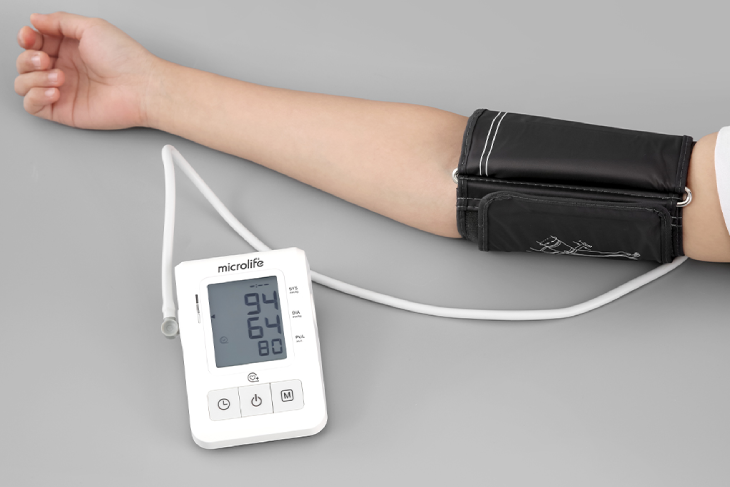
According to the provided readings, you can determine the condition of your blood pressure: normal, high, or low.
- The normal range for blood pressure is typically between 90/60 mmHg to 140/90 mmHg. However, in young individuals, it is not unusual for blood pressure to reach 145/95 mmHg, which is considered within a normal range.
- High blood pressure is defined as having a systolic blood pressure reading higher than 140 and a diastolic blood pressure reading higher than 90.
- Low blood pressure is indicated by a diastolic blood pressure reading that is less than or equal to 90, and a systolic blood pressure reading that is less than 60.

To obtain an accurate blood pressure reading, it is necessary to carry out the following measurements:
- First, instruct the individual to lie flat on the bed with their head elevated, or sit still in a chair with their back straight and legs parallel to the floor.
Step 2: Utilize a blood pressure monitor.
- Wrist Blood Pressure Monitor Usage: Position the blood pressure cuff around the wrist, ensuring it is approximately 1 cm away from the wrist. Place the hand at a 45-degree angle across the chest, aligning it with the heart for accurate measurements.
- To properly utilize a biceps sphygmomanometer, follow these steps:
1. Begin by wrapping the bandage around the inner arm.
2. Ensure that the bandage is positioned approximately 3 cm above the elbow.
3. Make sure that the bandage is also aligned with the level of the heart.
Step 3:
Press the Start button to begin measuring your blood pressure. Once you hear a beep sound, it indicates that the blood pressure measurement is complete. You can then read the readings in the following order: the blood pressure when the heart contracts, the blood pressure when the heart relaxes, and the heart rate.

Avoid These 4 Common Mistakes to Prevent False Blood Pressure Measurement Results
False readings of blood pressure can occur due to various external and internal factors. It is essential to be aware of common errors that can contribute to inaccurate results. Some of these mistakes include:
-
Correct posture is essential when measuring blood pressure:
You should sit or lie down in the instructed position. It is important to maintain this position for approximately 5 minutes while keeping the body comfortable and relaxed prior to measuring.
- Eating and engaging in conversation while measuring blood pressure levels.
- The blood pressure measurement should be taken correctly by placing it on the upper arm, not the wrist.
- It is recommended to monitor blood pressure by measuring it at least twice a day and recording the results in a notebook or electronic device for convenient tracking. A single measurement may not accurately determine whether blood pressure is high, low, or normal.
- It is recommended to take medicine before measuring blood pressure. Blood pressure should be measured in the morning before taking medication and in the afternoon, approximately one hour after meals.
-
A blood pressure monitor that is of poor quality or is about to run out of battery.
- It is recommended to avoid consuming stimulant drinks such as coffee, alcohol, and tobacco before measuring blood pressure.
- It is advisable to use the restroom before measuring your blood pressure.
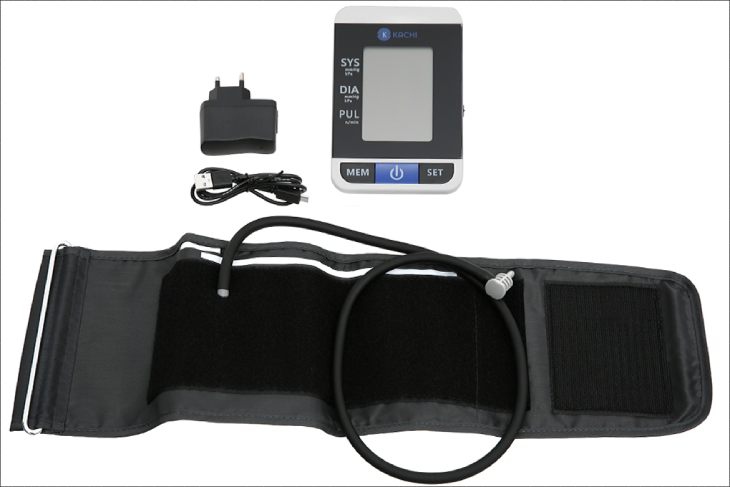
2023 Lunar New Year Gift Ideas for Older Family and Friends
As 2021 approaches, families worldwide are gathering to celebrate the special bond between grandparents and their grandchildren. To show their love and admiration, these thoughtfully chosen gifts will bring a smile to the face of the elderly. Here, we have compiled a list of the 13 most meaningful Tet presents that can bring joy to our beloved grandparents.
Blood Pressure Monitor: A Guide’>Finding the Right Blood Pressure Monitor: A Guide
Learn How to Use the Microlife Blood Pressure Monitor
Do you want to know how to use your Microlife blood pressure monitor? Look no further. In this article, we’ll break down the necessary steps to accurately use the device properly. From the basic operating instructions to taking readings, let’s learn how to utilize your Microlife blood pressure monitor effectively.

























